Lemongrass Chicken Vermicelli: 10 Must-Know Spice Secrets to Turn Your Dish from Meh to Magnificent!
Table of Contents
- Why Lemongrass Chicken Vermicelli is a Global Favorite
- Spice Profile Breakdown
- 10 Game-Changing Spice Secrets
- Visual Spice Guide
- Pro Tips for Cooking Perfection
- Conclusion: Spice Up Your Vermicelli Game
Why Lemongrass Chicken Vermicelli is a Global Favorite
If you’ve ever had lemongrass chicken vermicelli and thought, "This is delicious, but what’s the secret?", you’re not alone. This dish, rooted in Southeast Asian cuisine (especially Vietnamese pho and Thai pad thai influences), has made its way into global kitchens—and for good reason.
It’s light, fragrant, packed with protein, and most importantly, full of complex spice flavors that dance on your tongue. But here’s the thing: if you skip or misstep on the spices, it can go from aromatic delight to bland disappointment in seconds.
Spice Profile Breakdown: What Makes Lemongrass Chicken Vermicelli Sing?
To understand this dish, we need to break down the core spices and aromatics that give it life. Let’s take a closer look at each component and why they matter:
| Spice/Aromatic | Flavor Note | Cultural Origin | Role in Dish |
|---|---|---|---|
| Lemongrass | Fragrant citrusy kick | Vietnam/Thailand | Brightens up the entire dish |
| Garlic | Pungent, earthy | Global staple | Adds depth and umami |
| Chili | Spicy heat | Thai/Vietnamese | Provides balance and warmth |
| Coriander (Cilantro) | Fresh herbal | Asian/Mediterranean | Contrasts richness |
| Fish sauce | Salty, umami | Southeast Asia | Glue that binds all flavors |
| Lime juice | Zesty acidity | Worldwide | Cleanses the palate |
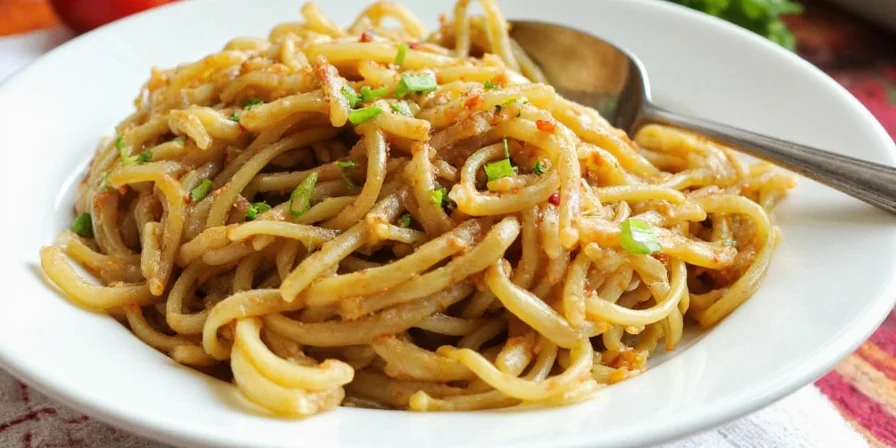
10 Game-Changing Spice Secrets for Perfect Lemongrass Chicken Vermicelli
Want your vermicelli to sing instead of mumble? Here are 10 secrets that’ll turn your dish into a flavor symphony:
- Secret #1: Crush It – Literally. Don’t chop lemongrass—bruise it with the flat side of a knife. This releases more oils and fragrance without leaving tough bits.
- Secret #2: Toast Before You Cook. Toast whole spices like coriander seeds or black pepper before grinding them. This adds layers of nuttiness and complexity.
- Secret #3: Use Garlic Oil as a Flavor Base. Sauté garlic until golden in oil, then use that oil to cook everything else. The garlic flavor infuses beautifully.
- Secret #4: Layer Heat Gradually. Add chili in stages—start with crushed dried chilies, finish with a dash of chili oil or fresh chopped ones for punchy heat at the end.
- Secret #5: Freshness Matters. Always use freshly ground spices. Ground cumin or coriander stored for months? Toss ’em. They lose potency fast.
- Secret #6: Balance Sweetness with Fish Sauce. Too much fish sauce = salty. Too little = flat. A pinch of palm sugar or brown sugar can save the day by balancing flavors.
- Secret #7: Acid Is Your Best Friend. Never skip the lime juice—it lifts the entire dish and cuts through fattiness. Try adding a splash of rice vinegar too for variation.
- Secret #8: Marinate Smartly. Marinating chicken in a mix of fish sauce, garlic, lemongrass, and lime juice for at least 30 minutes ensures deep penetration of flavor.
- Secret #9: Use a Muddle Stick. If you don’t have a mortar and pestle, try using the back of a spoon to crush aromatics into a paste directly in the pan. It works surprisingly well.
- Secret #10: Garnish Like a Pro. Fresh herbs like mint, basil, and cilantro aren’t just pretty—they add cooling contrast and brightness. Don’t skip them!

Visual Spice Guide: How to Choose the Best Ingredients
Choosing the right quality spices makes all the difference. Here’s a quick visual guide to help you pick winners every time:
| Spice | Good Quality Signs | Bad Quality Signs | Storage Tip |
|---|---|---|---|
| Lemongrass | Crunchy stalks, bright green outer leaves | Dry, brittle, yellowed | Store in fridge wrapped in damp cloth |
| Fish sauce | Amber color, rich aroma | Murky, sour smell | Keep sealed, away from heat |
| Garlic | Firm cloves, tight skin | Soft, moldy, sprouting | Store in cool dry place |
| Chili | Smooth, glossy skin | Wrinkled, dull | Refrigerate in paper bag |
| Coriander seeds | Aroma when crushed, light brown | Dull, dusty | Store in airtight container |
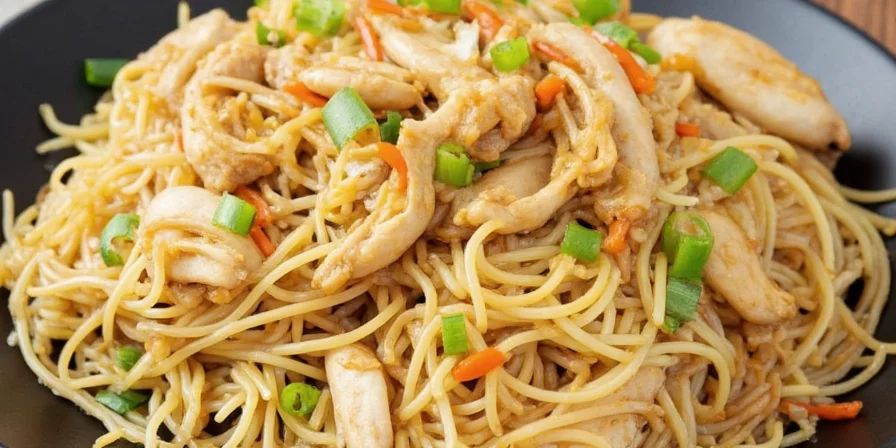
Pro Tips for Cooking Perfection
You know the ingredients, you’ve got the spices—now let’s talk technique. These pro tips will ensure your lemongrass chicken vermicelli shines like a star:
- Tip #1: Soak the Vermicelli First. Rice noodles expand when cooked, so soaking them in warm water for 20–30 minutes ensures even cooking and a perfect texture.
- Tip #2: Stir-Fry in Stages. Cook aromatics first (garlic, lemongrass), then proteins, and finally the noodles. Layering flavors this way builds depth.
- Tip #3: Keep the Wok Hot. High heat equals beautiful wok hei (that smoky char everyone loves). Don’t crowd the pan—if needed, cook in batches.
- Tip #4: Taste as You Go. Adjust seasoning midway through cooking. Fish sauce? Not enough? Lime? Too much? Fix it now, not later.
- Tip #5: Serve Immediately. Vermicelli absorbs moisture quickly. To avoid soggy noodles, serve within 10–15 minutes of finishing the dish.
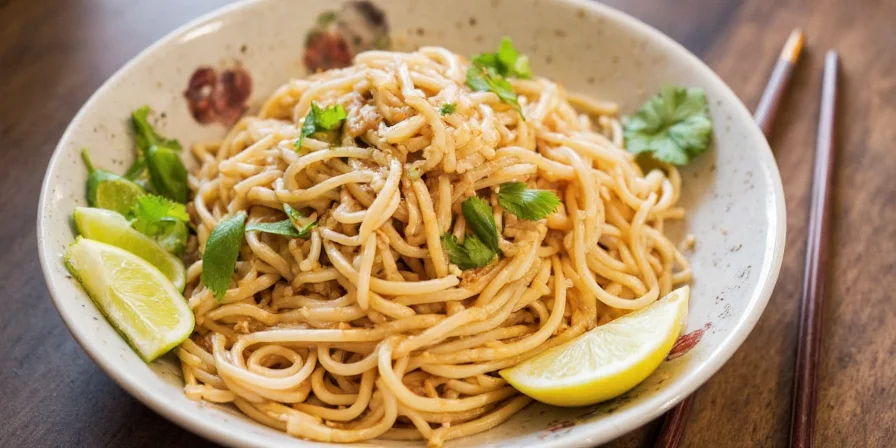
Conclusion: Spice Up Your Vermicelli Game
There you have it—the ultimate spice guide to mastering lemongrass chicken vermicelli like a seasoned chef. Whether you’re a home cook trying to impress your friends or a foodie looking to deepen your spice knowledge, these tricks will set you on the path to flavor heaven.
Remember, spices are like music notes—they only sing together when played right. Experiment, adjust, and above all, enjoy the process. Because once you nail the perfect balance of lemongrass, garlic, heat, and tanginess… there’s no going back to basic bowls again.
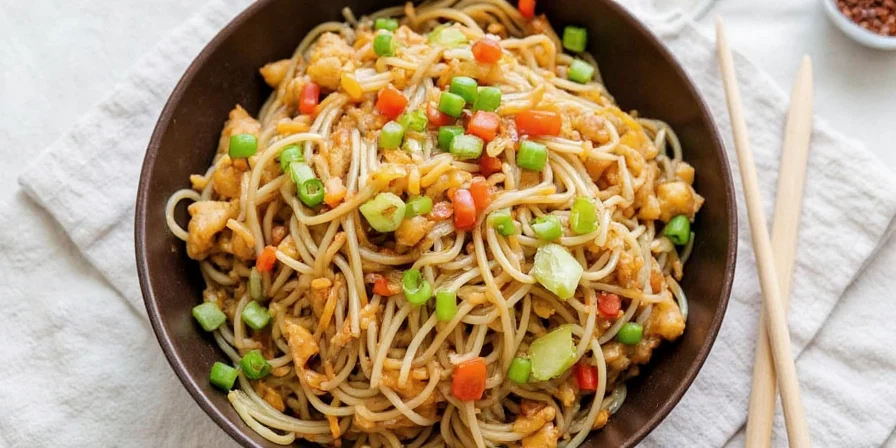

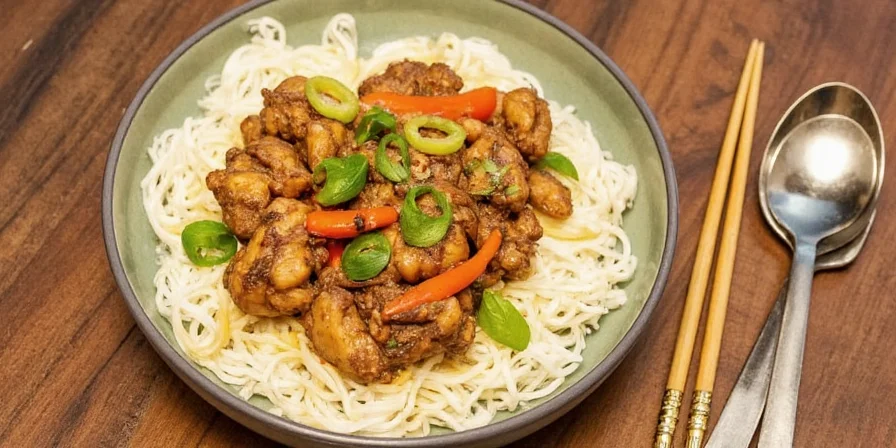









 浙公网安备
33010002000092号
浙公网安备
33010002000092号 浙B2-20120091-4
浙B2-20120091-4